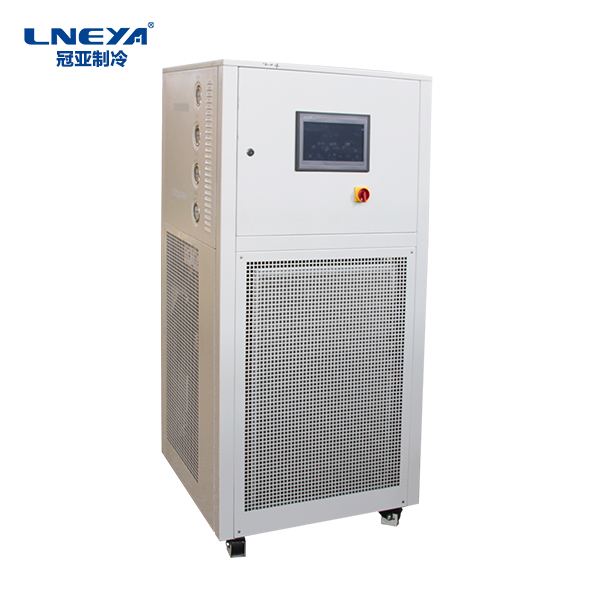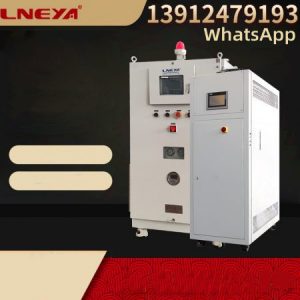Lneya Semiconductor Refrigeration Heating Circulation Wind System Test Description
Le système de réfrigération et de chauffage à circulation d'air pour semi-conducteurs comporte de nombreux éléments d'essai. Dans quelle mesure les utilisateurs connaissent-ils les tests hors canal du système de réfrigération et de chauffage à circulation d'air des semi-conducteurs ? Le test hors canal...
The out-of-channel test of the cooling and heating circulating air system for semiconductors refers to the measurement of the frequency bands outside the system frequency. The out-of-channel test is to sample the distortion or interference in the system frequency band, instead of testing the transmission frequency itself. The adjacent channel power ratio (ACPR) test ensures that the transmitter is not interfered by adjacent or spaced channels. ACPR is the ratio of the average power of adjacent channels to the average power of the transmitted channel. Measurements are typically made between channels that are separated by multiple channels (between adjacent channels or spaced channels). When performing ACPR testing, it is important to consider the statistical nature of the transmitted signal, because even for the same transmitter, different signal statistics can result in different ACPR test results. For different standards, the test will usually have different names and definitions.
The cooling signal of the cooling and circulating air system for semiconductors is caused by a combination of different signals in the transmitter. The amplitude of such a signal in the system band must be less than the level specified by the standard to ensure that it has less interference to other communication systems. Harmonics are signal distortions caused by the nonlinearity of the transmitter, and the frequencies of these signals are all integer multiples of the carrier frequency. The test of out-of-channel clutter and harmonics is used to ensure that the interference of this channel to other communication systems is small.
The functions of the receivers for refrigerating and heating circulating air systems for semiconductors are basically the reverse processes of the transmitters, so the test challenges they bring are also very similar. The receiver must successfully capture the RF signal under potentially interfering conditions, so a front-end selection filter must be used to filter out or attenuate signals outside the system band received by the antenna. The low noise amplifier (LNA) amplifies the amplitude of the target signal, but at the same time ensures that the noise amplitude is increased as little as possible. The downconverter converts the RF signal into a lower frequency intermediate frequency signal by mixing with the local oscillator signal. The mixer’s output signal then attenuates the unwanted frequency components produced by the mixer or adjacent channels through the IF filter.
After the relevant test users of the refrigeration and heating circulating air system for semiconductors understand it, they can perform the running test. If there are some problems in operation, it is recommended to contact the semiconductor refrigeration and heating circulating air system manufacturer in time to solve the problem. (This article source network, if there is infringement, please contact delete, thank you.)

Recommandations connexes
-
Technologie de conception et d'essai des chambres climatiques à haute température Ventes
12731. Sélection de la température (1) Les zones climatiques de la région ; si le produit est exposé à l'environnement de rayonnement solaire à proximité du dispositif de chauffage ; l'air environnant, le rayonnement solaire et les voies de transfert de chaleur des dispositifs de chauffage aux produits ;...
Voir les détails -
High temperature test equipment related troubleshooting
1092The high temperature test equipment is mostly caused by water shortage in the water circulation. This way, the purified water is replenished to the water tank until the water level meter on the lower right side of the water tank reaches about 80% ...
Voir les détails -
Comment choisir le dispositif de chauffage et de refroidissement du réacteur? ?
951When the user selects the heating and cooling device of the reactor, if the heating and cooling device of the reactor is not well understood, it will not know how to start when selecting, so how to choose the heating and cooling of the reactor is ...
Voir les détails -
Refrigeration and heating temperature control system for multiple reactors
9711. There are some differences in the quality and configuration of the refrigeration and heating temperature control systems of multiple reactors from different manufacturers. Some equipment will have some noise during operation, and the noise is l...
Voir les détails
 LNEYA Industrial Chillers Fabricant Fournisseur
LNEYA Industrial Chillers Fabricant Fournisseur













